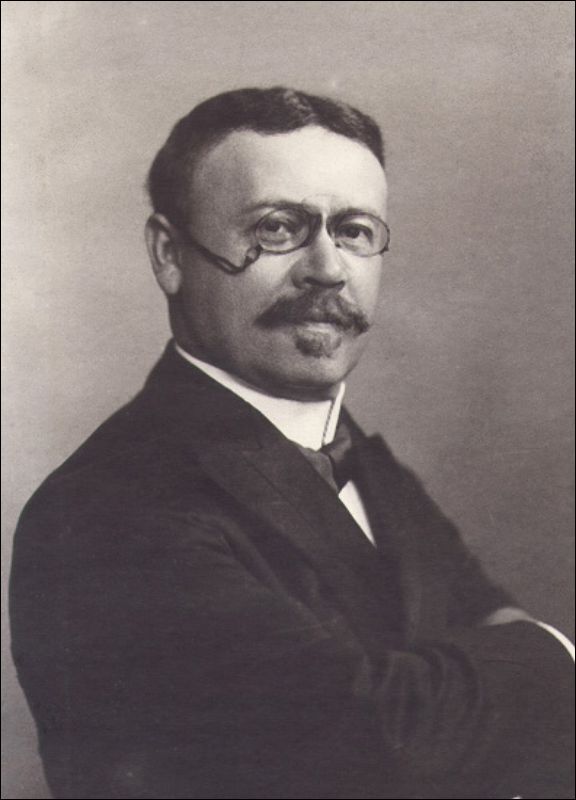Hermann Traube on:
[Wikipedia]
[Google]
[Amazon]
 Hermann Traube (September 24, 1860 – January 29, 1913) was a German
Hermann Traube (September 24, 1860 – January 29, 1913) was a German OCLC WorldCat
published works
The Mineralogical Record- Library
People from the Province of Silesia People from Racibórz 1860 births 1913 deaths German mineralogists Humboldt University of Berlin faculty University of Greifswald faculty {{Germany-scientist-stub
 Hermann Traube (September 24, 1860 – January 29, 1913) was a German
Hermann Traube (September 24, 1860 – January 29, 1913) was a German mineralogist
Mineralogy is a subject of geology specializing in the scientific study of the chemistry, crystal structure, and physical (including optical) properties of minerals and mineralized artifacts. Specific studies within mineralogy include the proces ...
born in Ratibor, Silesia
Silesia (, also , ) is a historical region of Central Europe that lies mostly within Poland, with small parts in the Czech Republic and Germany. Its area is approximately , and the population is estimated at around 8,000,000. Silesia is split ...
(presently Racibórz, Poland). He was the son of chemist
A chemist (from Greek ''chēm(ía)'' alchemy; replacing ''chymist'' from Medieval Latin ''alchemist'') is a scientist trained in the study of chemistry. Chemists study the composition of matter and its properties. Chemists carefully describe th ...
Moritz Traube
Moritz Traube (12 February 1826 in Ratibor, Province of Silesia, Prussia (now Racibórz, Poland) – 28 June 1894 in Berlin, German Empire) was a German chemist (physiological chemistry) and universal private scholar.
Traube worked on chemical, ...
(1826-1894).
He studied at the Universities of Leipzig
Leipzig ( , ; Upper Saxon: ) is the most populous city in the German state of Saxony. Leipzig's population of 605,407 inhabitants (1.1 million in the larger urban zone) as of 2021 places the city as Germany's eighth most populous, as wel ...
, Heidelberg
Heidelberg (; Palatine German language, Palatine German: ''Heidlberg'') is a city in the States of Germany, German state of Baden-Württemberg, situated on the river Neckar in south-west Germany. As of the 2016 census, its population was 159,914 ...
, Breslau and Greifswald
Greifswald (), officially the University and Hanseatic City of Greifswald (german: Universitäts- und Hansestadt Greifswald, Low German: ''Griepswoold'') is the fourth-largest city in the German state of Mecklenburg-Western Pomerania after Rostoc ...
, earning his doctorate in 1884. At Breslau his instructors were Ferdinand Cohn
Ferdinand Julius Cohn (24 January 1828 – 25 June 1898) was a German biologist. He is one of the founders of modern bacteriology and microbiology.
Ferdinand J. Cohn was born in the Jewish quarter of Breslau in the Kingdom of Prussia, Prussia ...
(1828-1898) and Theodor Poleck
Thomas August Theodor Poleck (November 10, 1821 – June 1, 1906) was a German chemist and pharmacist born in Neisse.
He studied at Giessen in the laboratory of Justus von Liebig, and in 1846 travelled to Berlin, where he passed the state exami ...
(1821-1906).
In 1905 he became an associate professor at the University of Berlin
Humboldt-Universität zu Berlin (german: Humboldt-Universität zu Berlin, abbreviated HU Berlin) is a German public research university in the central borough of Mitte in Berlin. It was established by Frederick William III on the initiative o ...
, and later a professor in Greifswald
Greifswald (), officially the University and Hanseatic City of Greifswald (german: Universitäts- und Hansestadt Greifswald, Low German: ''Griepswoold'') is the fourth-largest city in the German state of Mecklenburg-Western Pomerania after Rostoc ...
. He was the author of a book on Silesian minerals
In geology and mineralogy, a mineral or mineral species is, broadly speaking, a solid chemical compound with a fairly well-defined chemical composition and a specific crystal structure that occurs naturally in pure form.John P. Rafferty, ed. (2 ...
called ''Die Minerale Schlesiens'' (1888). Other noted works by Traube include:
* ''Beiträge zur Kenntniss der Gabbros, Amphibolite und Serpentine des niederschlesischen Gebirges'', 1884 – To the knowledge of gabbro
Gabbro () is a phaneritic (coarse-grained), mafic intrusive igneous rock formed from the slow cooling of magnesium-rich and iron-rich magma into a holocrystalline mass deep beneath the Earth's surface. Slow-cooling, coarse-grained gabbro is che ...
s, amphibolite
Amphibolite () is a metamorphic rock that contains amphibole, especially hornblende and actinolite, as well as plagioclase feldspar, but with little or no quartz. It is typically dark-colored and dense, with a weakly foliated or schistose (flaky ...
s and serpentines of the Lower Silesia
Lower Silesia ( pl, Dolny Śląsk; cz, Dolní Slezsko; german: Niederschlesien; szl, Dolny Ślōnsk; hsb, Delnja Šleska; dsb, Dolna Šlazyńska; Silesian German: ''Niederschläsing''; la, Silesia Inferior) is the northwestern part of the ...
n mountains.
* ''Über den Ursprung des Materials der in Europa vorkommenden verarbeiteten Nephritobjecte'', 1884.
* ''Beiträge zur Kenntniss des Nephelins und des Davyns'', 1894 – Contributions to the knowledge of nepheline
Nepheline, also called nephelite (), is a rock-forming mineral in the feldspathoid groupa silica-undersaturated aluminosilicate, Na3 K Al4 Si4 O16, that occurs in intrusive and volcanic rocks with low silica, and in their associated pegmatites ...
s and davynes.
* ''Über das optische Drehungsvermögen von Körpern im krystallisirten und im flüssigen Zustande'', 1895 – On the optical angle of rotation
In mathematics, the angle of rotation is a measurement of the amount, of namely angle, that a figure is rotated about a fixed point, often the center of a circle. A clockwise rotation is considered a negative rotation, so that, for instance, ...
of bodies in crystallized and molten states.published works
References
* "This article incorporates translated text from an equivalent article at theGerman Wikipedia
The German Wikipedia (german: Deutschsprachige Wikipedia) is the German-language edition of Wikipedia, a free and publicly editable online encyclopedia.
Founded on March 16, 2001, it is the second-oldest Wikipedia (after the English Wikipedia), ...
."
The Mineralogical Record- Library
People from the Province of Silesia People from Racibórz 1860 births 1913 deaths German mineralogists Humboldt University of Berlin faculty University of Greifswald faculty {{Germany-scientist-stub